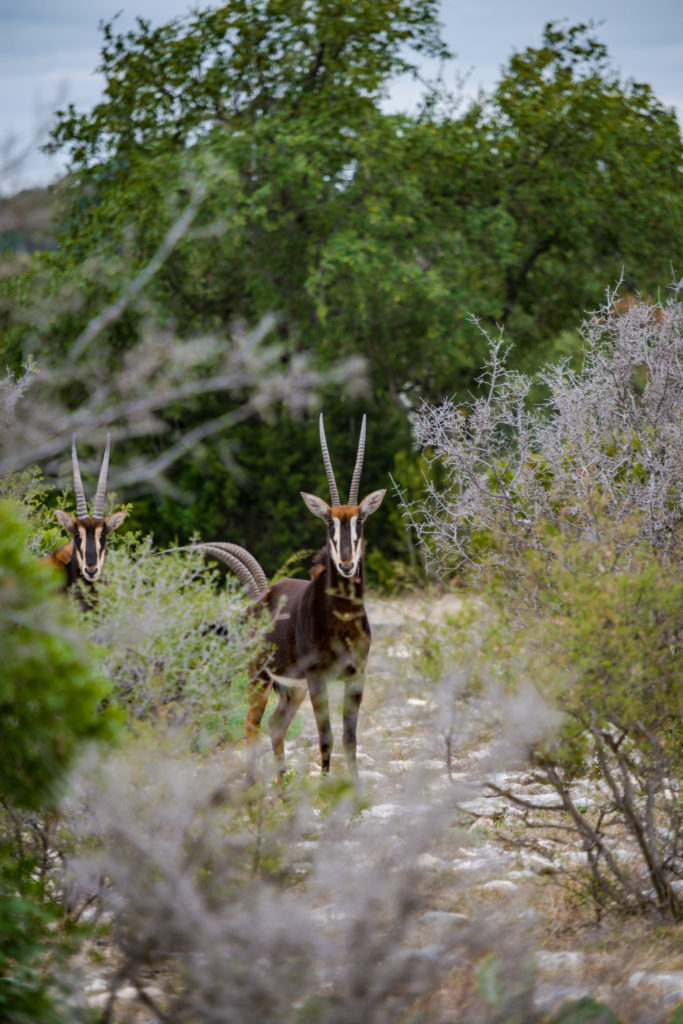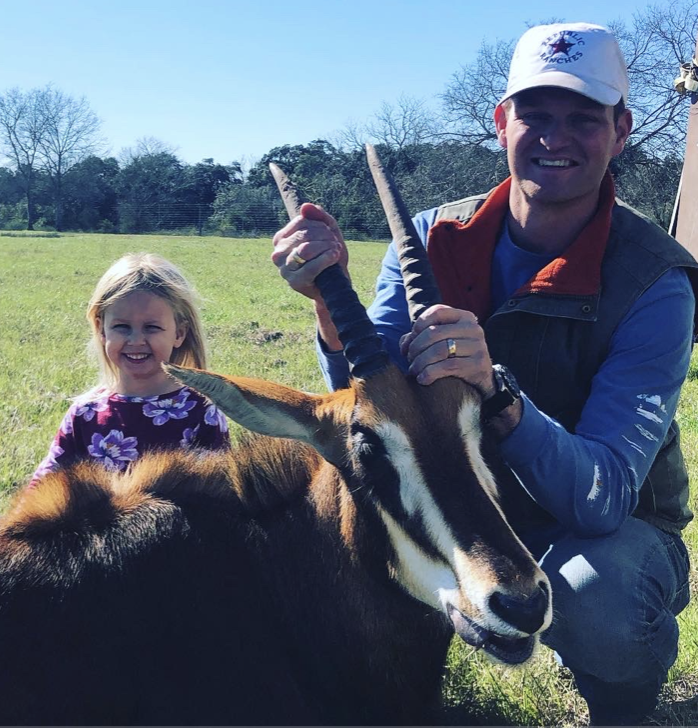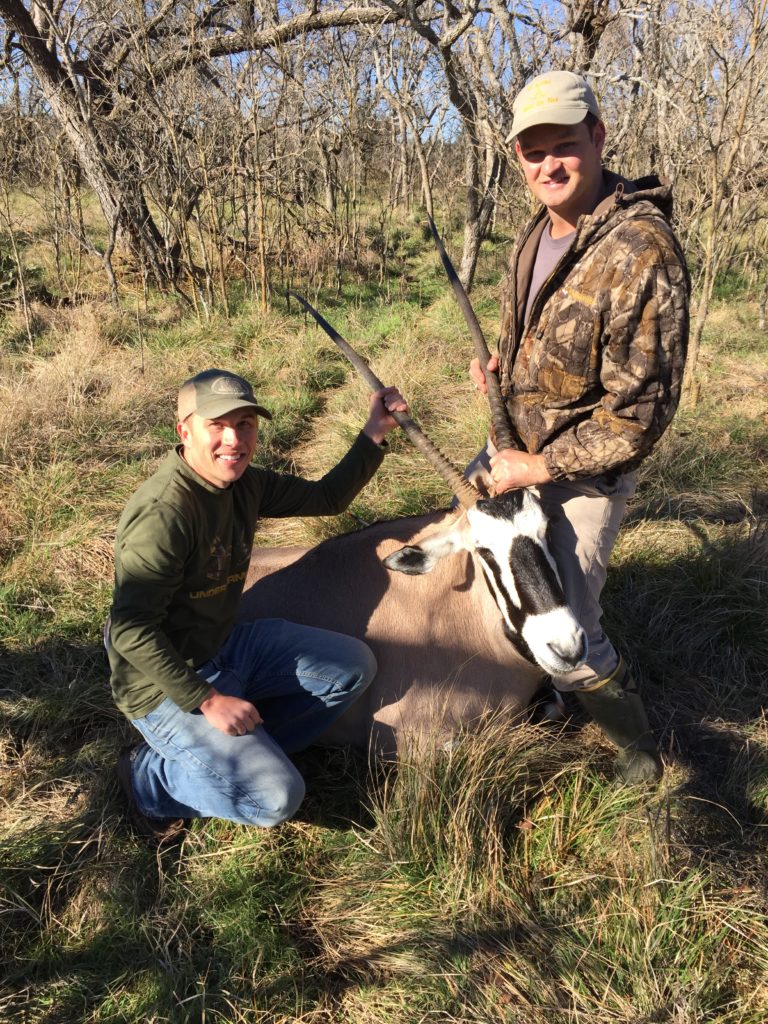By: Drake Heller, Broker Associate

Featured in Land Investor Magazine Volume 7
Exotic ranching is an excellent option for your property if you want to add an income-producing element to your ranch. If you’ve contemplated buying cattle or farming but are looking for something different, exotic ranching could be your niche. This booming business is more fun than cattle and less work than farming, all while helping a species of animals thrive. Despite what you might think, property size doesn’t matter when raising exotics. When I first started in this business, I had 30 acres to work with. There are some simple but essential things to keep in mind as you consider raising exotics.
Infrastructure
To keep your animals from jumping your fence and landing on your neighbor’s dinner plate, you’ll need to do some research on the species you are raising. The vast majority of exotics will not jump an eight-foot fence. Some species will even be contained by a four to five-foot net wire fence. A tip on fencing: if the country of origin ends with “stan,” you probably want a 10-foot fence with tree coverage, as the ibex species can jump just about anything due to their native habitat. To keep your business profitable, you need to keep the animals on your property.
Handling facilities are not necessary for raising exotics, especially when you are first getting started. Keep the infrastructure costs to a minimum, and you can always add improvements to your property later as your business becomes profitable. Handling facilities come in handy on smaller properties as you can easily wean, treat, or capture your animals using the facility. Aside from fencing, water, feed, and structure are the subsequent most significant improvements to make to your ranch.
Species
Choosing the species that is right for your property is paramount. I have had a few clients go through multiple species because what they wanted were not suitable species for their property. For example, a waterbuck will thrive on a ranch in East Texas with lots of water better than a scimitar oryx that prefers a dry, desert climate. Take the time to research and find what species will work for your property and your budget.
The internet is an endless resource for learning about different species and their habitats of origin. If you are interested in a grazing species (i.e.wildebeest, blackbuck, sable, zebras), you are better off having plenty of pasture to support these grazers. If you are looking more at species of deer, most antelope, and goats (i.e., axis, fallow, kudu, ibex), the property should have a good amount of browse to support these animals.
Economics
Exotics are very similar to shopping for a vehicle. Starting on the lower end, you can find a Kia (blackbuck antelope), or you can buy a Rolls Royce (giraffe); the choice is yours!
Many of these species have babies every 7-12 months and are ready to be weaned in 3-6 months. Most are worth the same as their mother by the time they are 12 months old. For example, if you breed a blackbuck antelope and have a baby in the first few months, twelve months later, that baby is now worth what a mature female is worth or more, depending on gender. Within a year, you have doubled your animals and doubled your money!
Now, this is not true for all species, but it is a pretty good rule. With the proper care and habitat, these animals can thrive and take your weekend place into a revenue-generating business. Not to mention the fun of watching these animals on your ranch!
Regulations
When raising exotics, you will have no regulations if you choose correctly. While some species do have regulations, many of the animals mentioned in the article do not. This is a perk of raising exotics over white-tailed deer. The whitetail industry has seen tons of new regulations in the past few years. With whitetails, you must keep impeccable records and test for diseases, all of which have to be reported to the state. Many whitetail breeders have left the business due to these regulations.
Raising exotics is a fun and profitable way to enjoy your ranch. It is worth considering if you have been contemplating adding an income-producing component to your ranch and like the idea of going a less traditional route. You would be surprised how easy it is to execute if you research and figure out what will work for you, given your particular climate and property.


